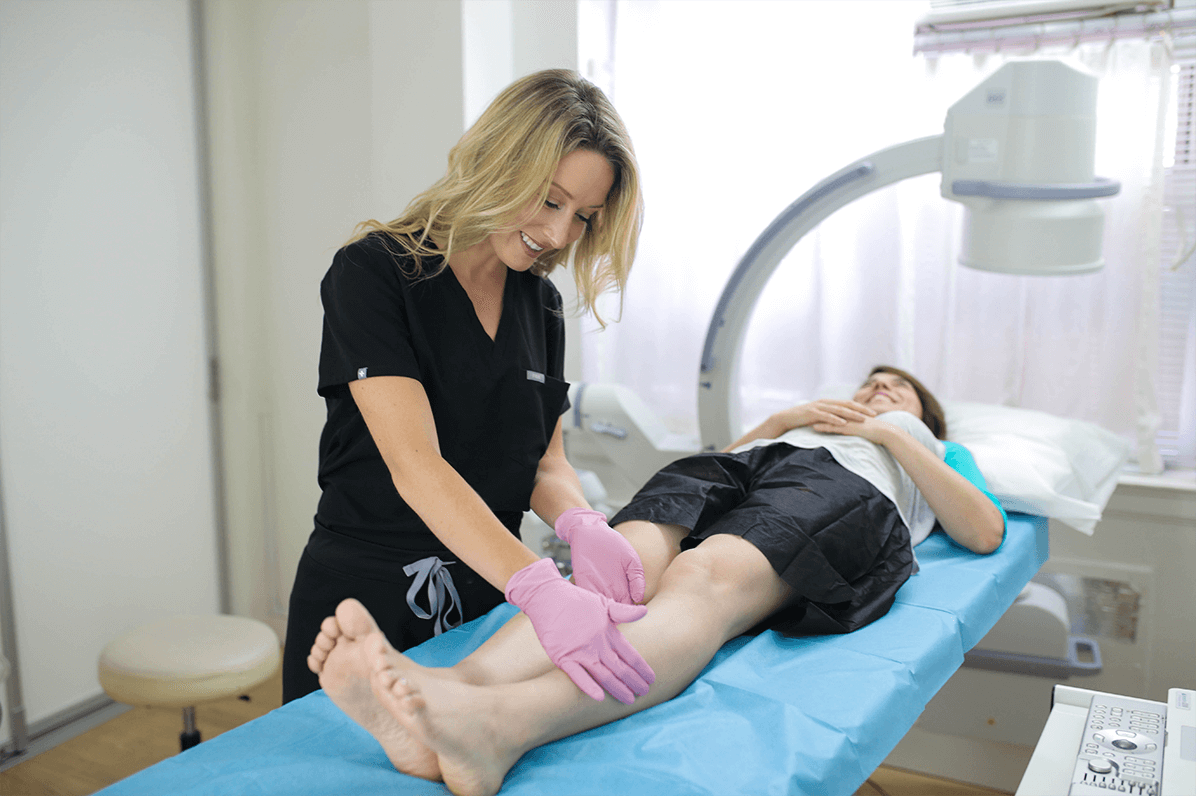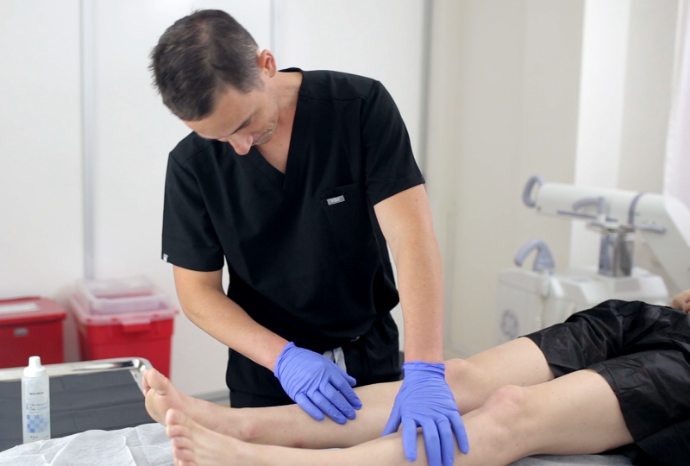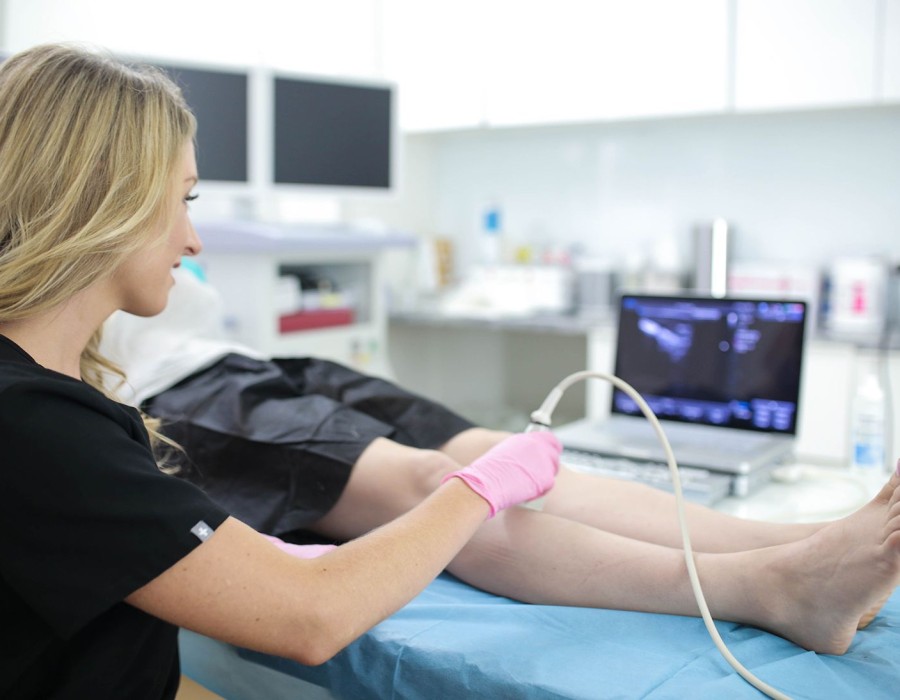Introduction
Swollen, bulgy, or twisted veins are common symptoms of varicose veins that often appear on the legs, and sometimes, they are more than cosmetic reasons. It happens when the vein valves get weakened because of improper blood circulation. Many people start seeking options to remove those messy and untidy veins. Often, if not treated on time, it makes the condition more complicated and enhances the risk of developing ulcers, skin sores, stroke or heart-related problems. Let’s start discussing the vein issues briefly. It generally occurs due to prolonged sitting, excessive weight, obesity, hormonal imbalances, pregnant women and among others.
Impact on Health
Varicose veins generally do not cause harm, but sometimes, they create troublesome situations if not treated on time. However, pain, swelling, redness, and aching in the legs are common signs of vein insufficiency. But, it may turn into ulcers, blood clots and sores.
Sometimes, people want to know if Is it worth getting varicose veins removed? It depends on the complexities of an affected person. If they have mild or moderate symptoms, they can be cured with lifestyle changes such as elevating your legs, wearing compression stockings, and maintaining weight, which helps alleviate symptoms. If these do not work effectively, removal of veins may become necessary.

What are the Different Types of Removal Options?
Various effective methods help to remove varicose veins, and healthcare professionals recommend them based on the severity of the affected individual. Some standard options for eliminating varicose veins are mentioned below:-
Sclerotherapy
This is vein treatment in which a vascular specialist injects a special solution directly into the affected veins. This treatment works better in smaller veins and is an outpatient procedure.
Endovenous Laser Ablation (EVLA)
Utilising laser energy is a minimally invasive vein treatment procedure that is done directly into affected veins to seal them. This is often recommended and suitable for curing large veins. This procedure takes less recovery time in comparison to traditional surgery.
Ambulatory Phlebectomy
This is a vein treatment in which experts remove the smaller varicose veins through tiny incisions. Healthcare experts recommend this procedure often in treating surface veins.

High Ligation and Vein Stripping
This is a traditional surgical procedure of vein treatment in which the affected veins are tied off and removed. This is often recommended only in severe cases.
When people start seeking options for vein treatment, they wonder What doctor treats varicose veins. Vein doctors are vein specialists, phlebologists, and interventional radiologists. These healthcare experts determine, identify and examine the vein condition by conducting diagnostic tests.
Before making any final decision, it is a must to take suggestions from a vascular doctor to know about the best line of treatment based on your condition. Also, discuss with them the potential benefits and risks of each vein treatment method and the expected recovery time. Also, you can discuss with them any issues you have related to treatment.
Conclusion
Varicose vein treatment can be used for both functionality and appearance. Sometimes, people are more concerned about their appearance and looks, so take the vein treatment to eliminate untidy and weired veins. With innovations in the medical field, the removal of varicose veins has transformed the treatment procedure entirely.






Comments